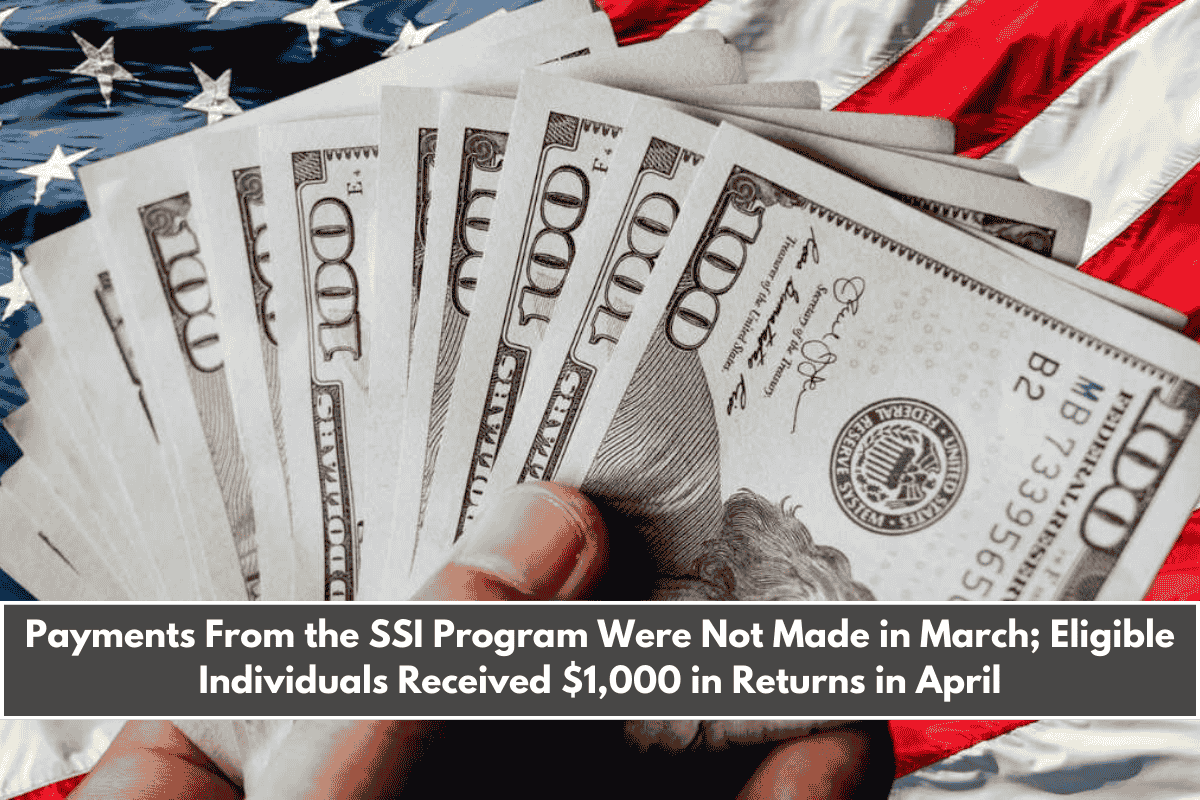For millions of Americans, especially seniors and people with disabilities, Supplemental Security Income (SSI) plays a crucial role in helping them meet basic living needs. Run by the Social Security Administration (SSA), SSI provides monthly financial support to those with low income and limited resources, even if they’ve never worked or paid into Social Security.
If you’re wondering who qualifies, how much you can get in 2025, and how SSI differs from Social Security retirement, this easy-to-understand guide has all the details.
What is SSI and Who Can Get It?
SSI was established in 1974 to help individuals who are aged 65 or older, blind, or disabled, and who have very limited income and resources. The program is funded by general taxes, not by workers’ contributions like Social Security retirement.
Unlike other Social Security benefits, SSI does not require a work history. Its goal is to make sure that people who are struggling financially can still afford basic needs like:
- Food
- Clothing
- Shelter
In short, SSI is about financial need, not past employment.
How Much Can You Get From SSI in 2025?
SSI payments are adjusted each year for inflation. In 2025, the Cost-of-Living Adjustment (COLA) raised payments by 2.5%, setting the following maximum monthly amounts:
- Individual applicant: Up to $967
- Eligible couple (filing jointly): Up to $1,450
These are the federal base rates. Some states also add extra money each month (called a state supplement), but this varies depending on where you live. For example:
- California offers generous supplements
- Arizona and North Dakota offer no extra payments
What Are the Eligibility Rules for SSI?
To qualify for SSI, you must meet three basic requirements:
- Be aged 65 or older, blind, or have a qualifying disability
- Have limited income
- Have limited financial resources (assets)
Income Limits
SSI looks at both earned income (like wages) and unearned income (like pensions or other benefits). Here’s how income is counted:
- Earned income: The first $65 is excluded, and then half of the remaining amount is counted.
- Unearned income: The first $20 is excluded, and the rest is counted dollar for dollar.
Example:
If you have $200 of unearned income, you subtract $20, leaving $180 that counts against your SSI. Your new SSI payment would be $787 ($967 minus $180).
Resource Limits
To qualify, you must have:
- Less than $2,000 in assets if single
- Less than $3,000 if married
However, not everything counts. The following are excluded:
- Your home (if you live in it)
- One vehicle
- Basic household items and personal belongings
If you live with someone else and receive free food or housing, your benefit may be reduced by up to one-third.
Can You Receive SSI and Social Security Together?
Yes. Some people receive both SSI and Social Security benefits, such as retirement or disability payments, if their total income remains below the SSI limit. In fact, about 2.5 million people in the U.S. get both.
This is especially helpful for:
- Retirees with very small Social Security checks
- People with disabilities who also qualify for retirement benefits
- Seniors who never worked but have a spouse receiving benefits
If your combined income from Social Security is too low to cover basic needs, SSI can supplement it to keep you from falling into poverty.
Why SSI Matters
SSI is not a luxury—it’s a lifeline. More than 84% of recipients qualify because of serious disabilities. The rest are mostly seniors without enough income to live independently.
This program gives millions of Americans a chance to afford rent, buy groceries, and live with dignity, even if they didn’t have a long work history. The 2025 COLA increase ensures that SSI payments keep up—at least partly—with rising costs of living.











Leave a Reply